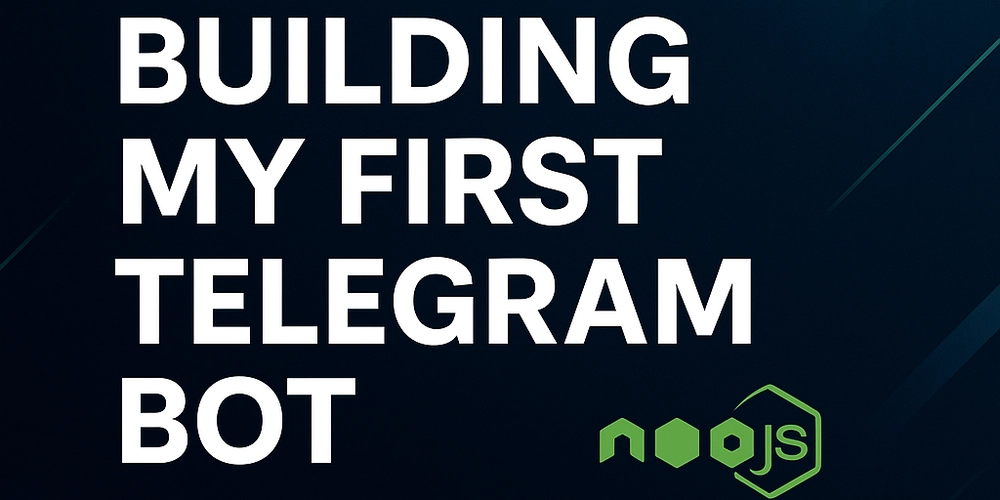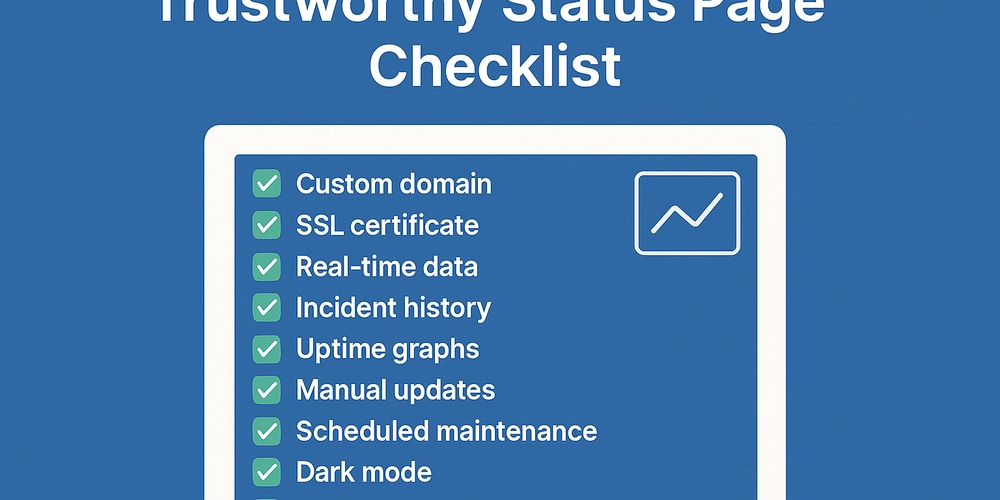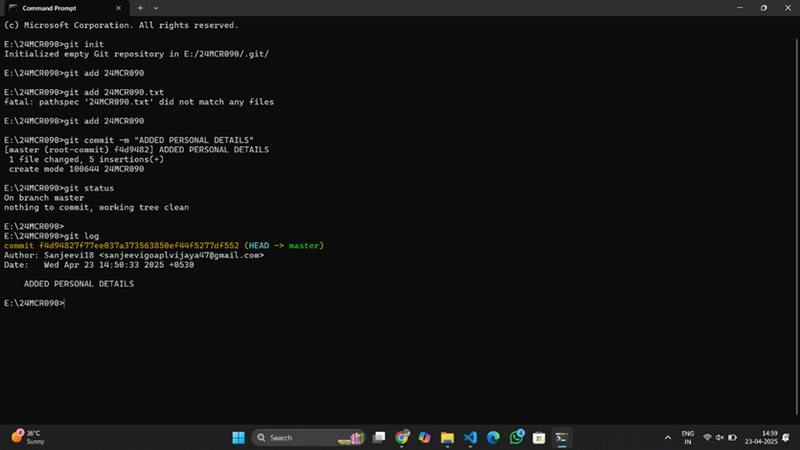Why Kubernetes Is Used - Kubernetes Simply Explained
40 days of K8s - CKA challenge (04/40) @piyushsachdeva Day 4/40 - Why Kubernetes Is Used - Kubernetes Simply Explained - CKA Full Course 2025 this post summerise what is an orchestrator and why Kubernetes (K8s) what is an Orchestrator , why do we need k8s to after we learnt about Dcoker - we understand that we can create a containerized environment to work as production, as well as testing. this system can be scaled and maintained automatically - if we just had an orchestraiting system to manage it. a container orchestrator is a system that automates the deployment, scaling, networking, and management of containerized applications. It plays a crucial role in production environments where services must remain available, resilient, and easily updatable. Without an orchestrator, managing hundreds or thousands of containers manually would be error-prone, inefficient, and unsustainable — especially in environments that demand high availability, dynamic scaling, and automated recovery from failure. Orchestration solves key challenges like service discovery, load balancing, health checks, resource scheduling, automated rollouts and rollbacks, and self-healing of applications . It also provides centralized control over distributed infrastructure, enabling teams to enforce consistency, optimize resource usage, and respond to real-time changes in application demand or infrastructure state. Kubernetes (K8s) has emerged as the most popular and powerful orchestrator, designed to manage complex, distributed systems at scale. Its key features include: Declarative configuration: Define desired system state using YAML/JSON, letting K8s reconcile reality with the declared spec. Self-healing: Automatically restarts failed containers, replaces unresponsive Pods, and evicts unhealthy nodes. Horizontal scaling: Adjusts the number of running Pods based on CPU/memory usage or custom metrics. Rolling updates and rollbacks: Enables zero-downtime deployments with built-in version control and safe rollback in case of failure. Persistent volume management: Abstracts storage resources and dynamically provisions volumes for stateful workloads. Service discovery and DNS: Exposes services with internal or external networking via stable DNS names and load balancing. Extensibility: Operators, CRDs, and webhooks make K8s highly customizable and adaptable to any workload or platform need. From a DevOps and reliability engineering perspective, Kubernetes provides the automation, observability, and operational control needed to confidently run applications in production - reducing human error, accelerating delivery, and improving system resilience.

40 days of K8s - CKA challenge (04/40)
Day 4/40 - Why Kubernetes Is Used - Kubernetes Simply Explained - CKA Full Course 2025
this post summerise what is an orchestrator and why Kubernetes (K8s)
what is an Orchestrator , why do we need k8s to
after we learnt about Dcoker - we understand that we can create a containerized environment to work as production, as well as testing.
this system can be scaled and maintained automatically - if we just had an orchestraiting system to manage it.
a container orchestrator is a system that automates the deployment, scaling, networking, and management of containerized applications.
It plays a crucial role in production environments where services must remain available, resilient, and easily updatable.
Without an orchestrator, managing hundreds or thousands of containers manually would be error-prone, inefficient, and unsustainable — especially in environments that demand high availability, dynamic scaling, and automated recovery from failure.
Orchestration solves key challenges like service discovery, load balancing, health checks, resource scheduling, automated rollouts and rollbacks, and self-healing of applications .
It also provides centralized control over distributed infrastructure,
enabling teams to enforce consistency, optimize resource usage, and respond to real-time changes in application demand or infrastructure state.
Kubernetes (K8s) has emerged as the most popular and powerful orchestrator, designed to manage complex, distributed systems at scale. Its key features include:
Declarative configuration: Define desired system state using YAML/JSON, letting K8s reconcile reality with the declared spec.
Self-healing: Automatically restarts failed containers, replaces unresponsive Pods, and evicts unhealthy nodes.
Horizontal scaling: Adjusts the number of running Pods based on CPU/memory usage or custom metrics.
Rolling updates and rollbacks: Enables zero-downtime deployments with built-in version control and safe rollback in case of failure.
Persistent volume management: Abstracts storage resources and dynamically provisions volumes for stateful workloads.
Service discovery and DNS: Exposes services with internal or
external networking via stable DNS names and load balancing.Extensibility: Operators, CRDs, and webhooks make K8s highly customizable and adaptable to any workload or platform need.
From a DevOps and reliability engineering perspective, Kubernetes provides the automation, observability, and operational control needed to confidently run applications in production - reducing human error, accelerating delivery, and improving system resilience.































































































































































![[The AI Show Episode 143]: ChatGPT Revenue Surge, New AGI Timelines, Amazon’s AI Agent, Claude for Education, Model Context Protocol & LLMs Pass the Turing Test](https://www.marketingaiinstitute.com/hubfs/ep%20143%20cover.png)


























































































































![[FREE EBOOKS] AI and Business Rule Engines for Excel Power Users, Machine Learning Hero & Four More Best Selling Titles](https://www.javacodegeeks.com/wp-content/uploads/2012/12/jcg-logo.jpg)











































































































































































































































![Hostinger Horizons lets you effortlessly turn ideas into web apps without coding [10% off]](https://i0.wp.com/9to5mac.com/wp-content/uploads/sites/6/2025/04/IMG_1551.png?resize=1200%2C628&quality=82&strip=all&ssl=1)



![This new Google TV streaming dongle looks just like a Chromecast [Gallery]](https://i0.wp.com/9to5google.com/wp-content/uploads/sites/4/2025/04/thomson-cast-150-google-tv-1.jpg?resize=1200%2C628&quality=82&strip=all&ssl=1)












![Apple Drops New Immersive Adventure Episode for Vision Pro: 'Hill Climb' [Video]](https://www.iclarified.com/images/news/97133/97133/97133-640.jpg)

![Most iPhones Sold in the U.S. Will Be Made in India by 2026 [Report]](https://www.iclarified.com/images/news/97130/97130/97130-640.jpg)



































































































































